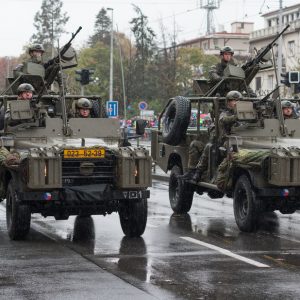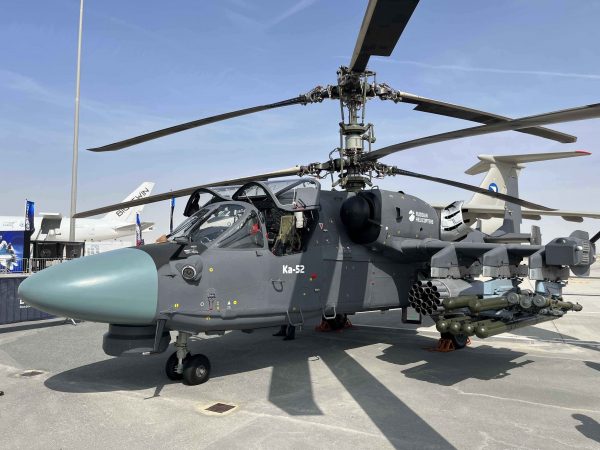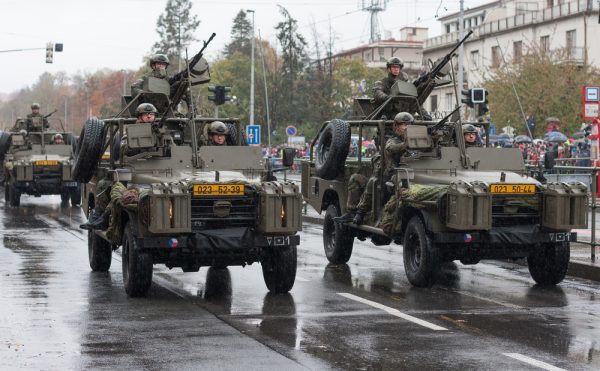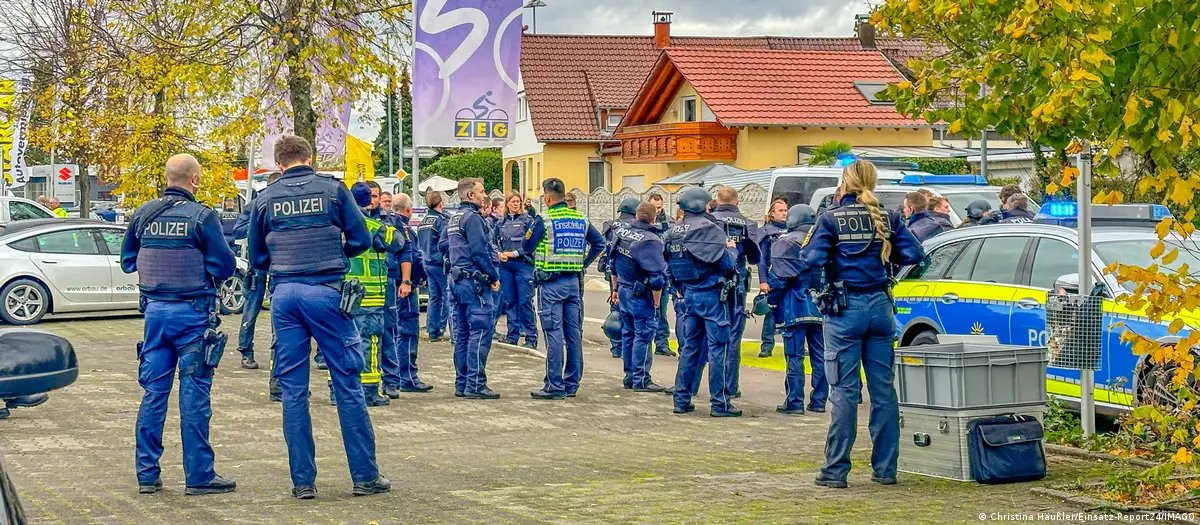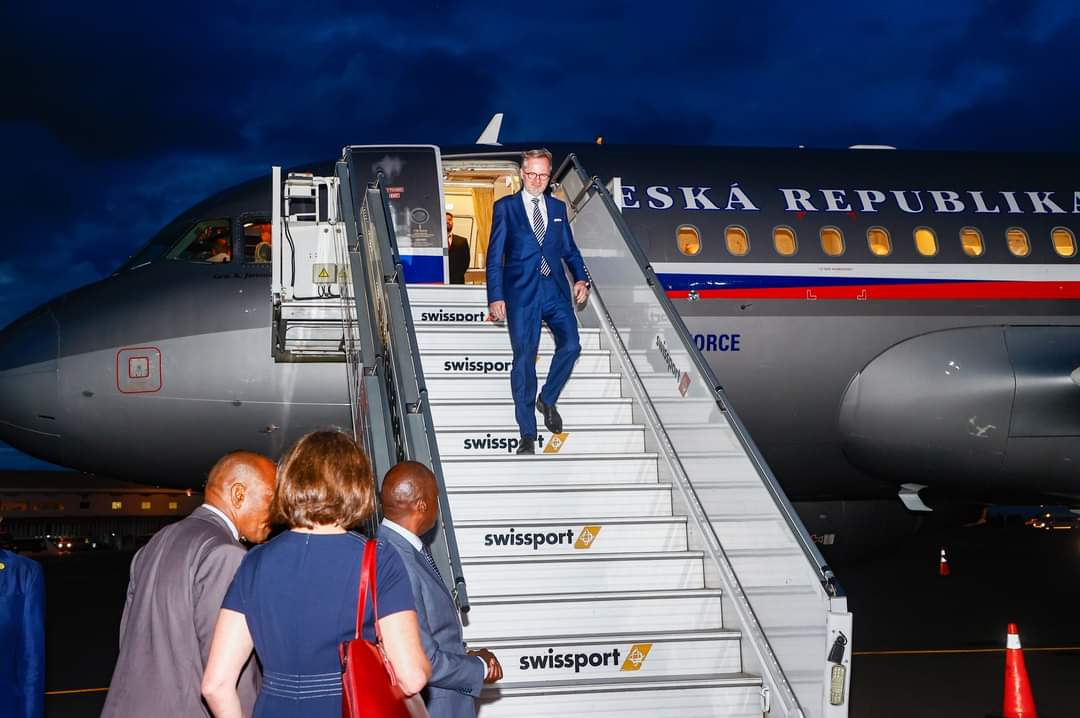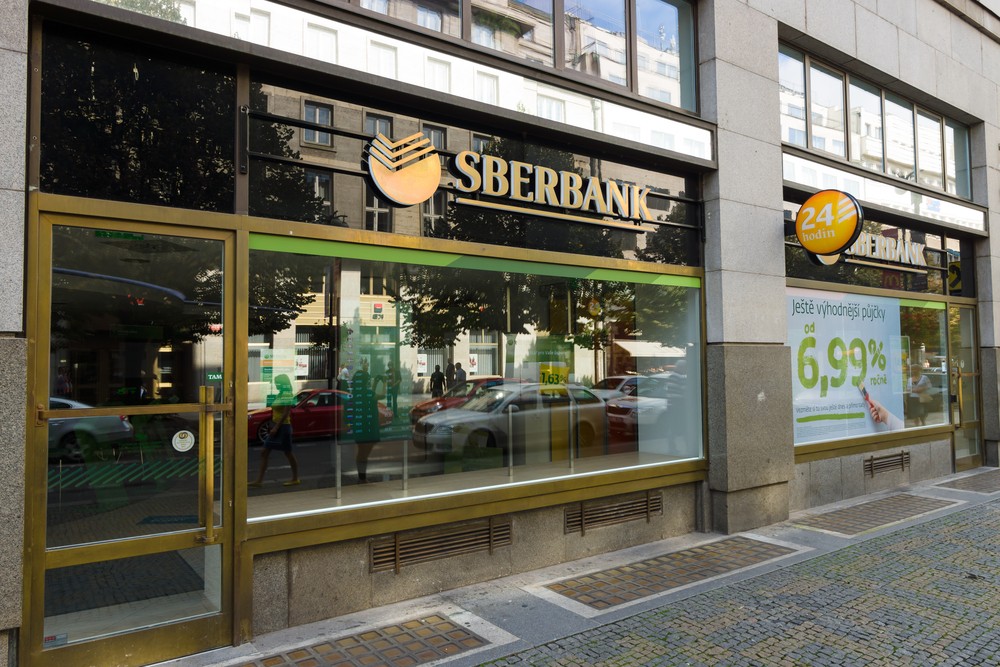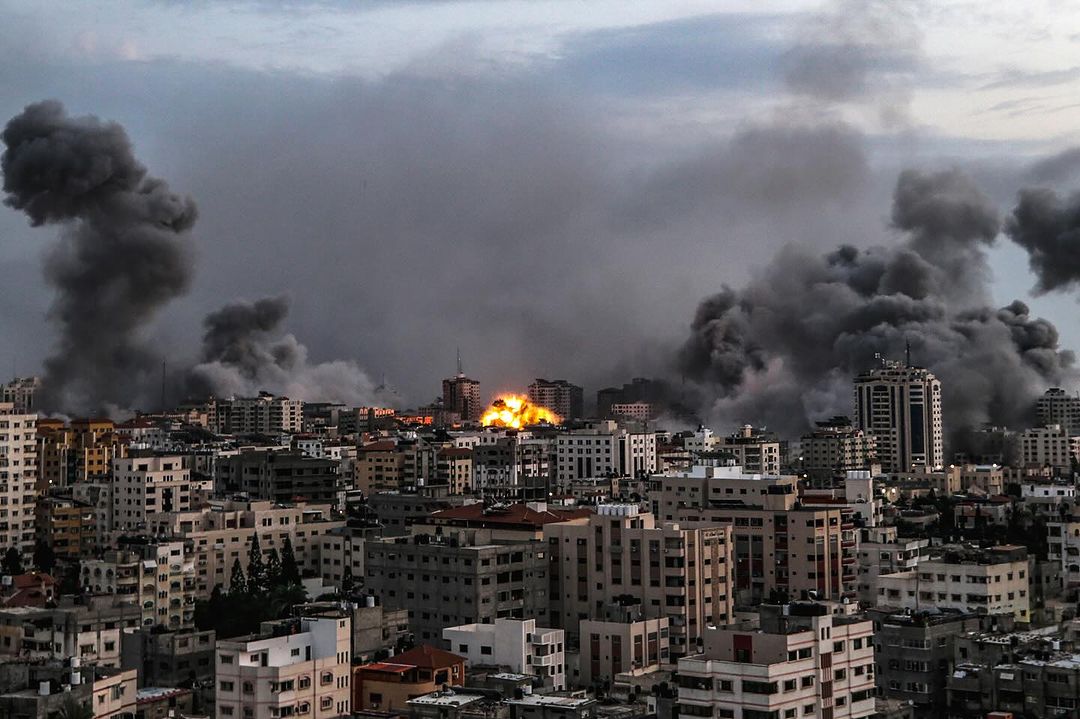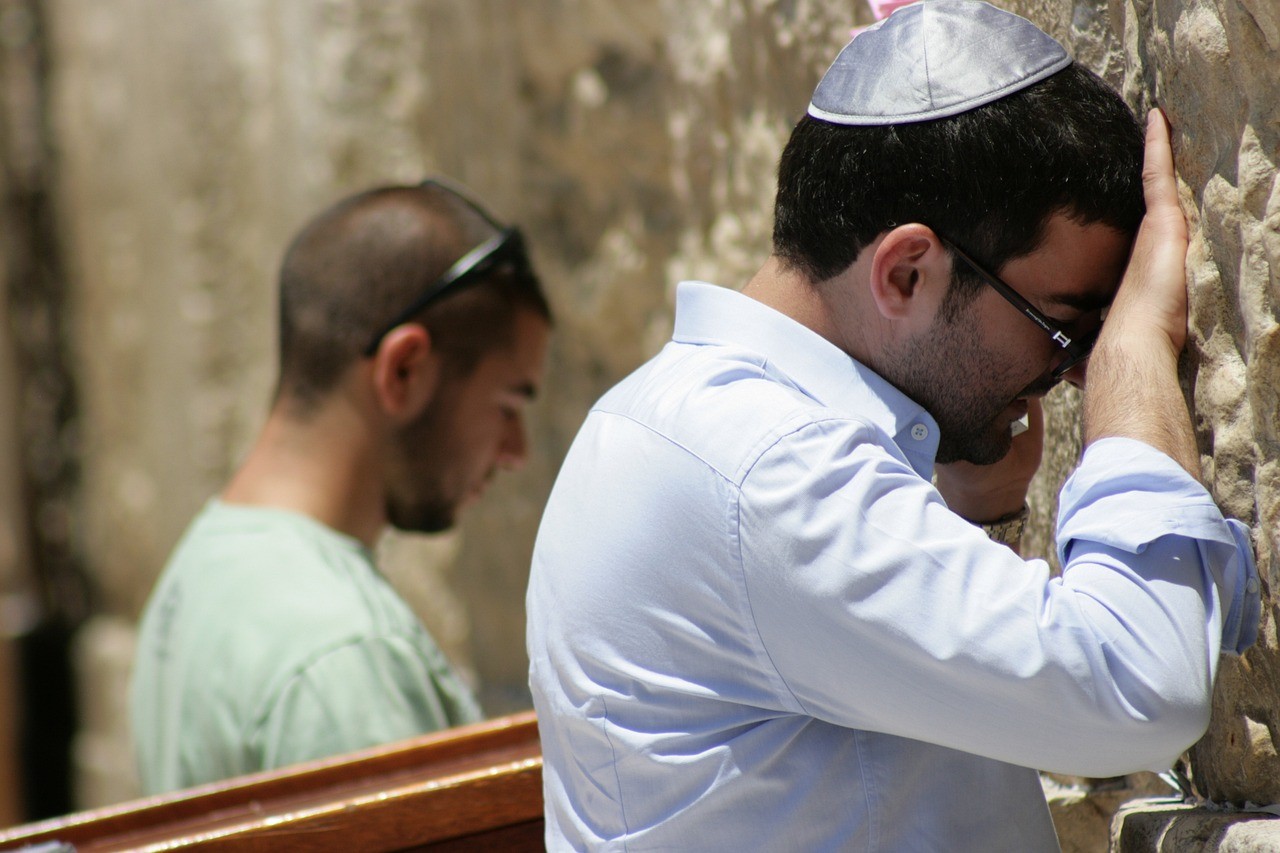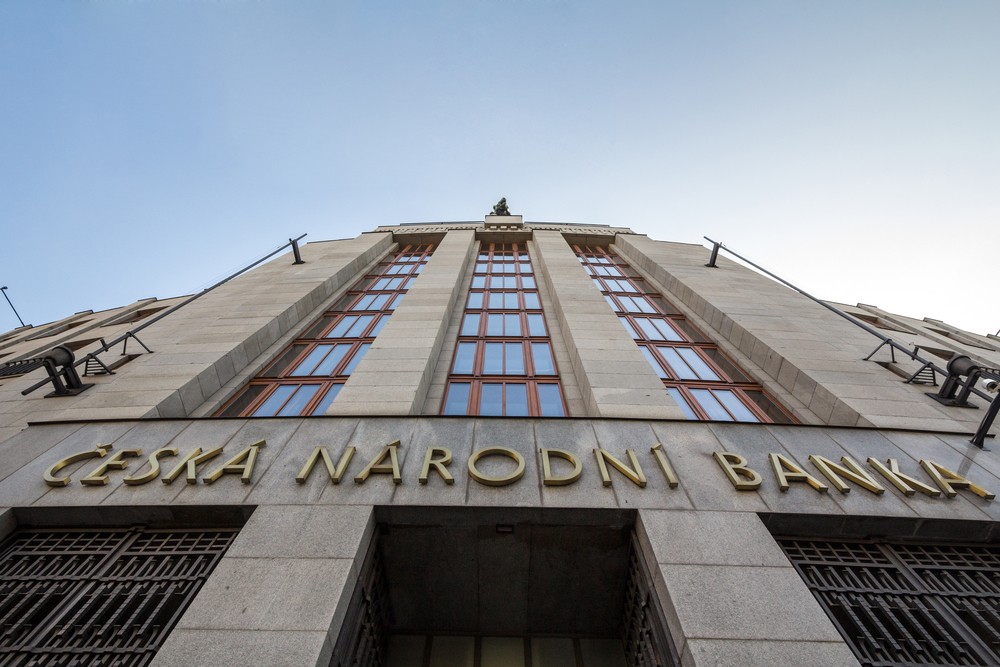The annual Horňácké slavnosti (Horňácko celebrations) that take place in the village of Velká nad Veličkou are like a small but prized gem among the Moravia’s folklore festivals. While larger events such as the ones that take place in nearby Strážnice feature multiple stages and performers from other countries, Horňácké slavnosti are an intimate affair, with only one stage and featuring solely local performers. Landscape plays a dominant role in this small region: Horňácko translates as something akin to highlands, and the festival takes place on the hillside of Strážná hůrka (Sentinel hill), with a beautiful view over the surrounding landscape.
This tiny region contains only 10 villages as officially defined by ethnographers. The culture of Horňácko is considered to be among the purest and most well-preserved in the Czech Republic, perhaps a result of the hilly area’s relative isolation in the past. Tradition is strong here – not just as a nostalgic museum piece pulled out and dusted off once a year, but as an everyday part of people’s lives.
My connection to Moravian folklore is quite personal: Until my family’s emigration to Canada in 1969, my father was the primáš (lead violinist) of a cimbalom band from Ostrava, Technik, and I was used to hearing the music at home.
In the summer of 1990, shortly after the fall of the communist regime, I visited what was then still Czechoslovakia for the first time since emigrating. I visited the Strážnice and Horňácko festivals along with my parents, who on these occasions once again met up with people they had last seen 30 years earlier or more. The Horňácko festival started in 1957, so this was the first one that took place in a free Czechoslovakia. Emotions ran high, but one could not help but wonder if as the country opened up to foreign influences, tradition such as this would wane and be swamped by as the high-voltage noise of western popular culture – at least as far as the younger generation was concerned.
Czech and especially Moravian traditional music and folklore has had to rehabilitate itself somewhat: The communist regime misused it to its own ends, and, much as dead heroes did, folk music served as a safe alternative to more contemporary, unpredictable forms of culture, with the added bonus of originating among poor country people, thus the “toiling masses”. But, perhaps surprisingly, certainly happily, it has not remained something played by just a few old-timers – yes, there are the grey eminences such as Martin Hrbáč, whose band has been playing since 1966 – but there are also young people. And any culture that can claim teenagers among its enthusiastic proponents must be alive and well.
This year’s programme began, as always on Friday, on Strážná hůrka, toward the end of one of this summer’s hottest and sultriest days. The audience sat on the simple plank benches that rise up on the hillside above the open stage. Others sat at picnic-style tables to the side, underneath fruit trees, including the plum trees that make for the first step in slivovice, the drink of choice in this region – along with the ever-present and excellent Moravian wine and beer, of course. The dancers danced and the signers sang as the bands played, and simple stands did a brisk business in wine, beer, smoked ribs, langoše, brine pickles, and other assorted delicacies. The official programme may end before midnight, but the festivities certainly do not, with musicians simply moving over a couple dozen metres to continue playing “where the party is” As always, dawn came to find a few tenacious souls still celebrating and others in somewhat more horizontal and comatose positions.
Unfortunately, this year Saturday’s programme was rained-out and had to be moved to the kulturní dům, or cultural centre, in Velká, which has nowhere near the capacity of Strážná hůrka and all the charm of a high school gym. As if to make amends for this insult, the weather cleared up on Sunday and it was a perfect day for the closing festivities, which traditionally take place at an old windmill estate above the village of Kuželov a few kilometres away. Here the atmosphere is even more intimate, with attendance in the hundreds compared with the several thousand that attend the main festival in Velká. And so the festival ended as it began, with the timeless music of Horňácko wafting in the warm late afternoon air and the setting sun illuminating its colourful traditional costumes. These were only my third Horňácké slavnosti (Why? I ask myself) but they certainly won’t be the last.


